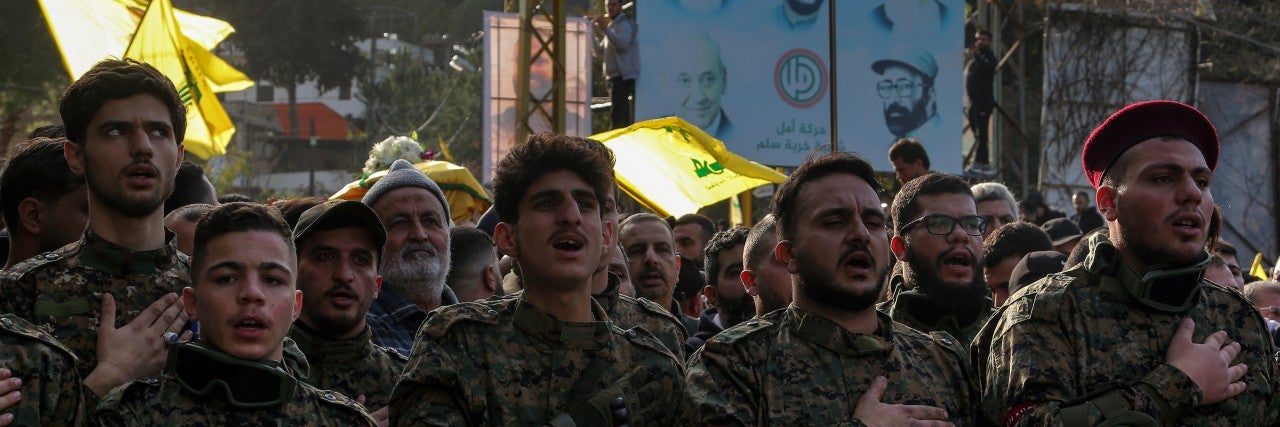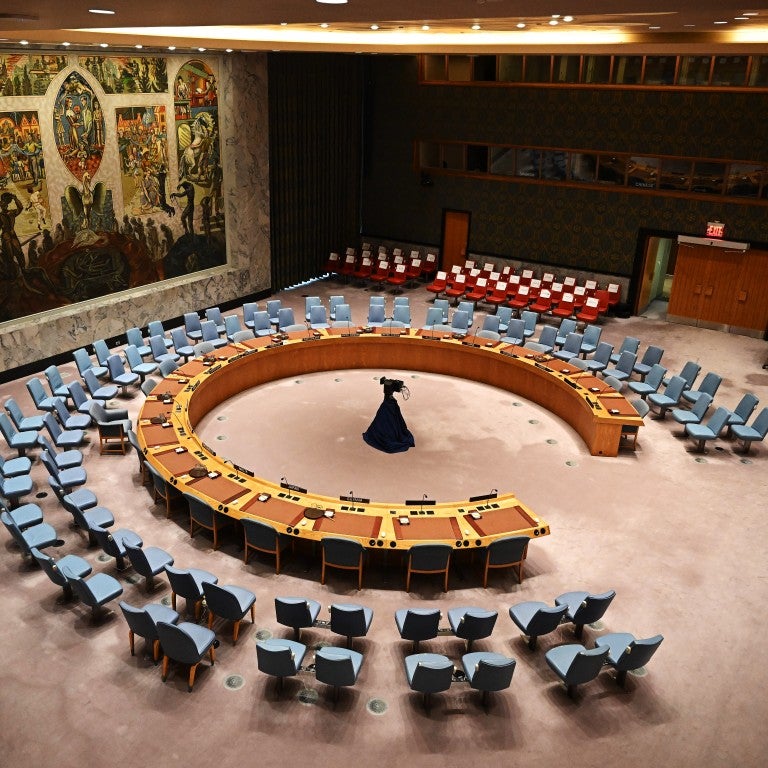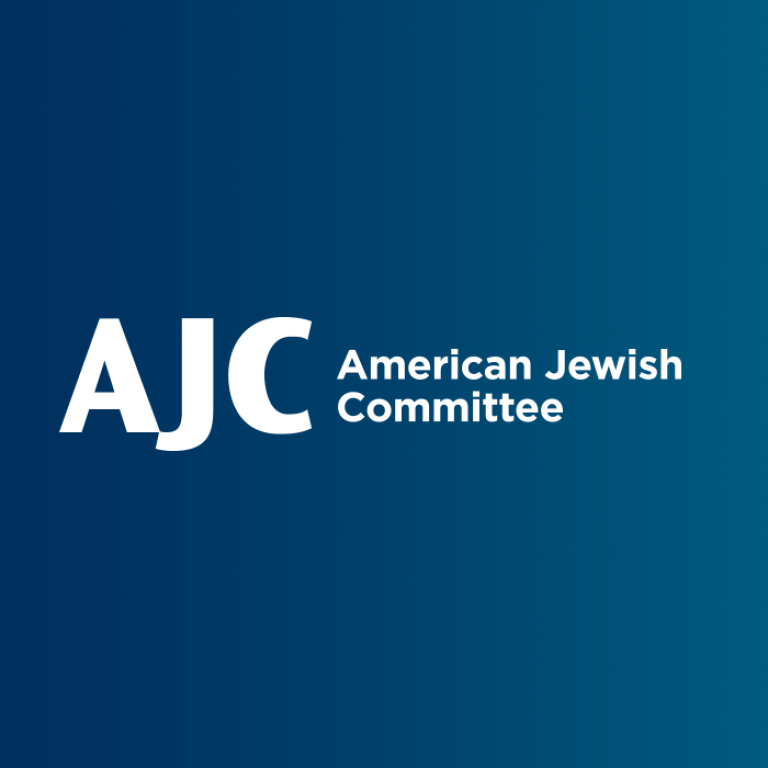September 20, 2024
While the October 7 Hamas attack on Israel was the bloodiest day in the Jewish state’s history, Israel has long seen Hezbollah, with its massive arsenal of rockets and highly trained fighters, as its most formidable border foe.
Since October 8, Israel and Hezbollah have been engaged in near-daily exchanges of Hezbollah rocket fire and Israeli reprisals, with Hezbollah launching increasingly larger rocket, drone, and arson attacks on northern Israel that threaten a wider war.
Here’s what you need to know about Hezbollah’s elite terror death squad, its links to Iran, and how it inspired Hamas’ October 7 terror invasion of Israel.
What is the latest on Hezbollah and the Israel-Hamas War?
On October 8, the day after the deadliest terror attack in Israel’s history, Hezbollah launched several guided rockets at Israel out of “solidarity” with the terror group Hamas. Since then, Hezbollah has fired some 8,000 rockets, anti-tank missiles, and suicide drones at Israel.
Twenty-seven Israelis have been killed by the rockets, and over 60,000 Israelis have fled the Lebanese border region due to these attacks.
Watch Now.
In response to this increasing aggression, Israel has launched operations against thousands of Hezbollah targets, mostly in Lebanon but also in Syria. According to the IDF, more than 504 Hezbollah operatives have been killed, including several senior commanders, including Taleb Abdallah, who purportedly was the highest-ranking Hezbollah leader killed so far. Additionally, more than several hundred sites belonging to Hezbollah’s elite Radwan force have also been hit.
On January 8, Wissam al-Tawil, a commander in Hezbollah’s elite Radwan forces, was eliminated in a blast that engulfed his vehicle in southern Lebanon. In April, another top commander in the Radwan forces, Muhammad Shahouri, a commander of Radwan’s western district rocket unit, was eliminated.
In September, Israeli forces killed senior Hezbollah commander Ibrahim Aqil in a precision airstrike in Beirut's Dahiyeh neighborhood on September 20. Aqil, a key figure in Hezbollah’s Jihad Council and tied to the elite Radwan Force, was involved in planning operations against Israel and implicated in the 1983 U.S. Embassy bombing in Beirut. The strike also eliminated up to 15 other Hezbollah commanders, including Ahmed Wahbi, delivering a significant blow to the group's leadership. This precision strike came as the Hezbollah leaders were reportedly planning an October 7-style invasion of northern Israel.
What is the Radwan Unit?
The Radwan Unit is considered by Israel to be Hezbollah’s elite special forces, and is estimated to have thousands of fighters on the northern border, whose focus is to “conquer the Israeli Galilee,” according to the IDF. Hezbollah is estimated to have some 100,000 fighters overall.
“Deployed along the Blue Line in between Israel and Lebanon, the Radwan unit keeps a close watch on northern Israel, and are always collecting information,” the IDF says.
The unit was established with the assistance of the Iranian Quds Force. Originally known as the Rapid Intervention Force or simply the Intervention Unit, the elite group within Hezbollah was renamed the Radwan Unit post-April 2008, in honor of Imad Mughniyeh (also known as Hajj Radwan), a former commander of Hezbollah’s military wing.
Mughniyeh was directly involved in the 1983 U.S. Marine barracks and U.S. embassy bombings in Beirut that killed over 350 people as well as the 1992 Buenos Aires Israeli embassy bombings that killed 29 people. Mughniyeh was assassinated in a car bomb in Damascus, Syria in 2008 in a joint Mossad-CIA operation.
Why is Radwan considered elite?
During the Syrian civil war, the Radwan Unit gained significant experience and expertise. It was involved in large military engagements against rebel forces, fighting alongside Russian and Syrian President Bashar al-Assad’s regime forces and gaining valuable battlefield experience.
This battlefield experience included fighting against the Islamic State, which had conquered large swathes of territory during the Syrian civil war. This included fighting in harsh environments from the desert, mountains, and snow. As such, the quality of their training and expertise is better than most Hezbollah fighters.
At the same time, it played a key role in assisting the Assad regime and expanding Hezbollah's military infrastructure in southern Syria.
In Syria, Radwan was also tasked with building Hezbollah infrastructure in the south of the country, on the border with Israel’s Golan Heights region.
Has the Radwan Unit attacked Israel before?
The Radwan Unit, acting under its former title as the Intervention Unit, played a pivotal role in initiating the Second Lebanon War in July 2006, carrying out the abduction operation that led to the killing of 10 IDF soldiers, two of whom were kidnapped and later declared dead by Israeli authorities. The cross-border raid that sparked a war in 2006 occurred under Mughniyeh's direct command.
Previously, the Intervention Unit functioned as a specialized offensive force, bolstering Hezbollah's field operations with additional elite forces.
What is Radwan’s relationship with Hamas and Palestinian Islamic Jihad?
The Radwan Unit is tasked with spearheading cross-border killing and kidnapping raids into Israel, and is Hezbollah’s equivalent of Hamas’s Nukhba elite unit, which led the October 7 mass murder attack on southern Israel.
In many ways, Hamas’ Nukhba is modeled on Hezbollah’s Radwan as an elite terror death squad. Hamas effectively copied the invasion plan of the Radwan units in northern Israel and implemented it on Israel’s southern border with Gaza.
These plans included opening fire through a massive rocket and mortar fire along the border, neutralizing surveillance devices, and allowing operatives to breach the border and cross on foot and with small vehicles, such as motorcycles and ATVs, into Israeli territory and towards civilian communities and military bases with the goal of killing and taking hostages.
Additionally, according to a report in Israel’s Kan, hundreds of Palestinian Islamic Jihad operatives are fighting in the ranks of Hezbollah’s Radwan force.
How does the Radwan Unit threaten Israel?
“The Radwan force is dedicated to duplicating what happened on Oct. 7 in the south of Israel in the north,” Tamir Hayman, a retired general who led Israeli military intelligence until 2021, said in an interview with the New York Times. “For that exact reason, it’s unacceptable for Israel to allow its fighters to remain in the border area.”
In December 2018, Israel announced that it discovered cross-border tunnels designed to allow Radwan Unit members in the thousands to raid Israeli communities in the Galilee and embark on murder missions, while temporarily taking over communities. By virtue of their elite status, Radwan Unit members receive the best weapons and training that Hezbollah and its Iranian patron have to offer.
In recent years, Israel constructed a physical barrier along its border with Lebanon to try and counteract the risk of ground incursions by the Radwan Unit. This barrier features a blend of high concrete walls, earthworks designed to form steep cliffs, and various technological measures, all aimed at impeding and deterring any attempts at ground infiltration into Israeli territory.
Nevertheless, the Radwan Unit continues to pose a significant threat to northern Israel and remains deployed in southern Lebanon.
“They have tools they didn’t have in 2006, notably an attack plan and capability in our territory. They have expanded the firepower aimed at our home front and they have improved their defensive capability in the face of an IDF maneuver,” Lt. Col. Shlomi Binder told Haaretz in 2022, noting that they operate more as a traditional army than a guerilla group.
“One of the clear signs of the transition from guerrillas to an army is the development of broad offensive formations, and not just a specific or defensive attack,” Binder said. “This is not necessarily bad for us. The more they become an army and produce regular patterns, the more they create targets for us to attack. An army needs to move, gather forces. It leaves traces.”
The unit’s enhanced combat proficiency, gained in part through involvement in the Syrian civil war, underscores its role as a critical offensive component within Hezbollah’s military strategy.





